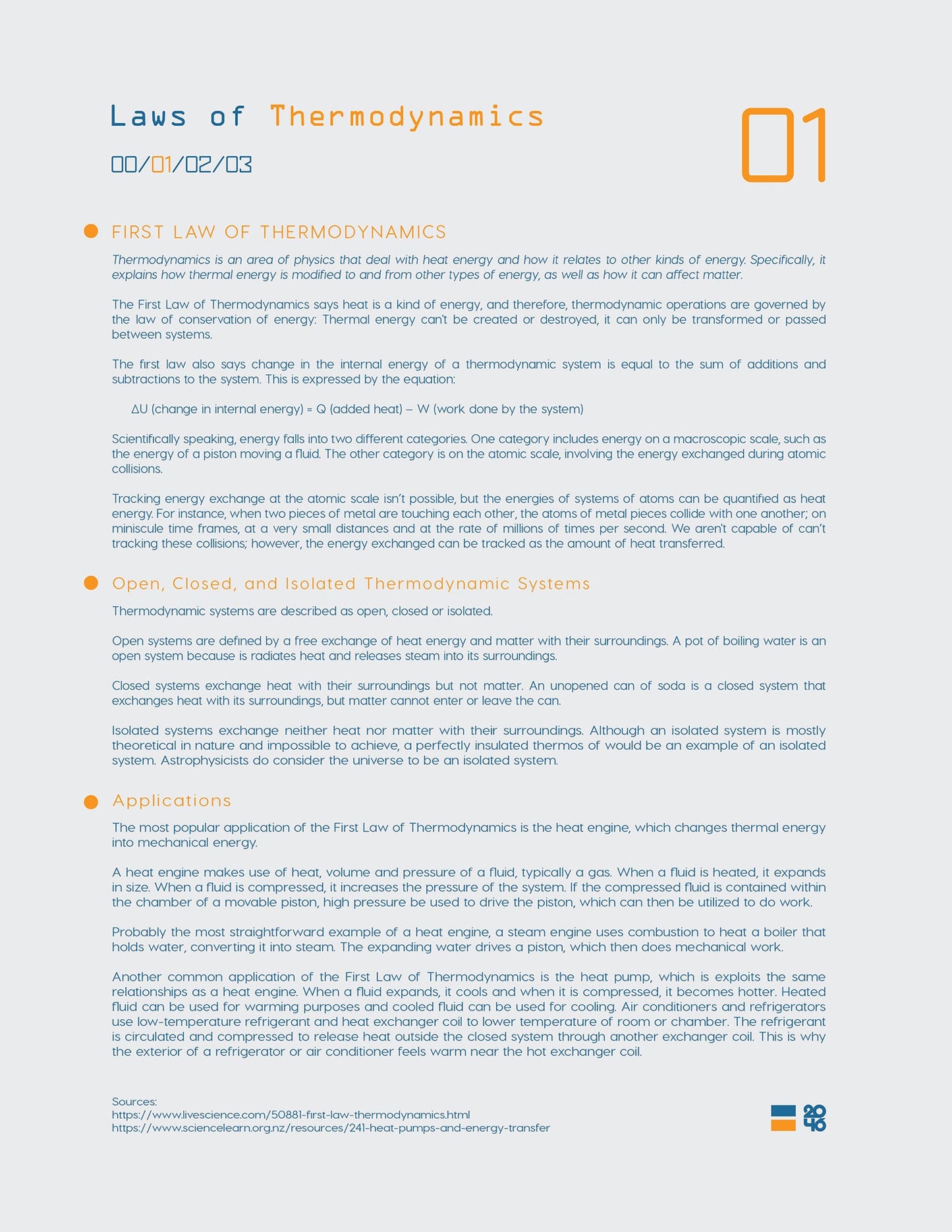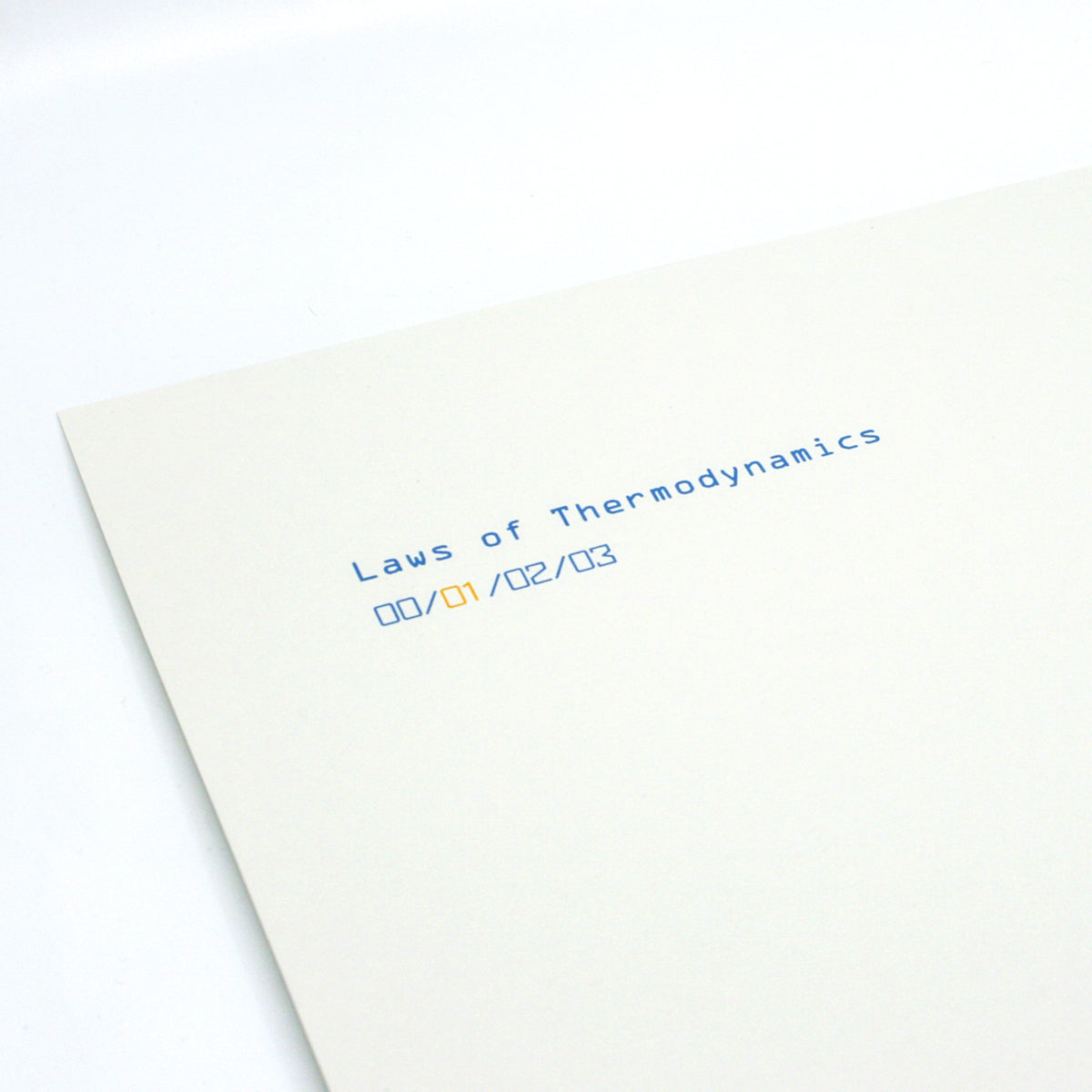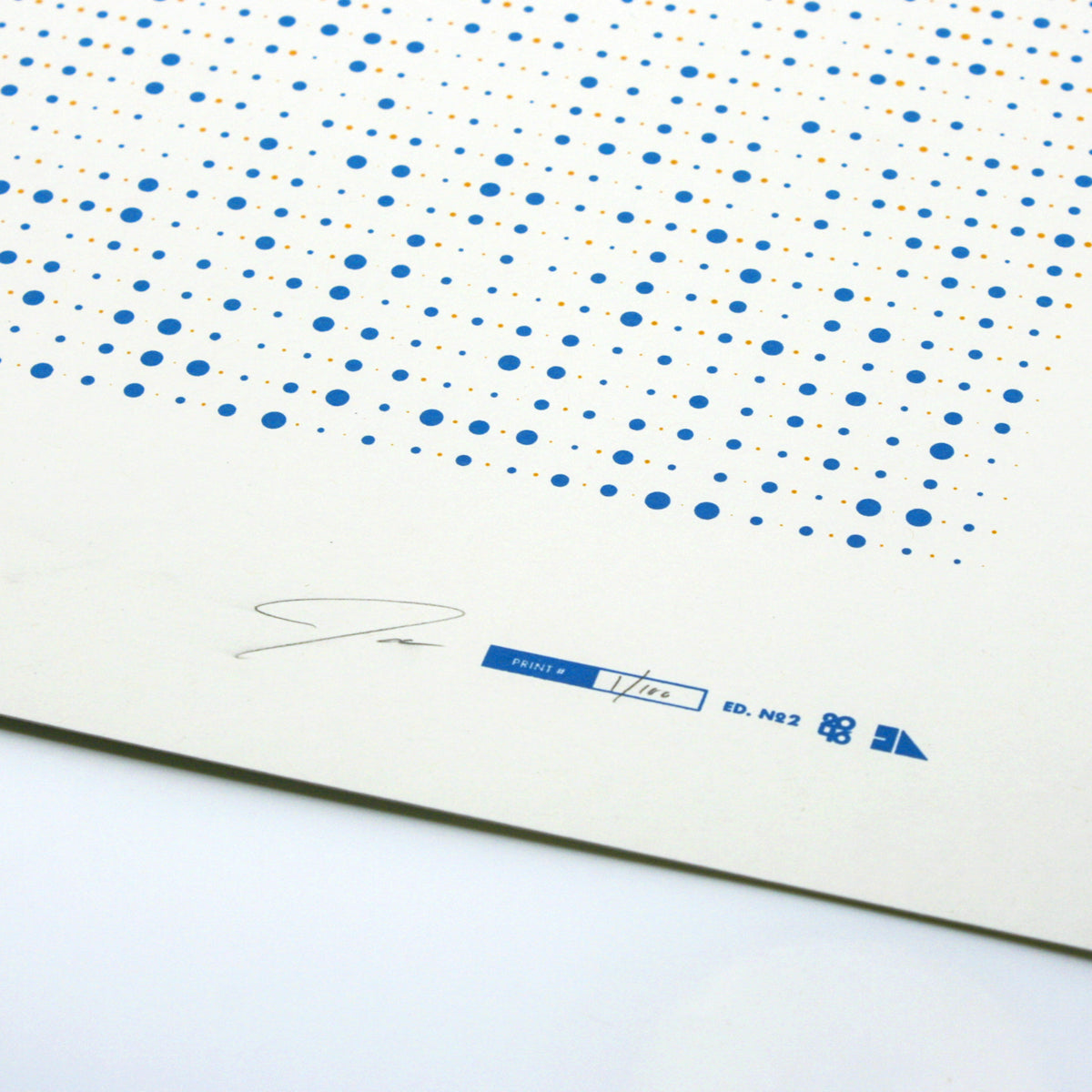Size Chart

Length unit:
Sizes may vary up to 1
HPSL: High Point Shoulder Length
BW: Bust Width (width of shirt measured 1" below armhole)
Couldn't load pickup availability
Thermodynamics is an area of physics that deal with heat energy and how it relates to other kinds of energy. Specifically, it explains how thermal energy is modified to and from other types of energy, as well as how it can affect matter.
The First Law of Thermodynamics says heat is a kind of energy, and therefore, thermodynamic operations are governed by the law of conservation of energy: Thermal energy can't be created or destroyed, it can only be transformed or passed between systems.
The first law also says change in the internal energy of a thermodynamic system is equal to the sum of additions and subtractions to the system. This is expressed by the equation:
ΔU (change in internal energy) = Q (added heat) – W (work done by the system)
Scientifically speaking, energy falls into two different categories. One category includes energy on a macroscopic scale, such as the energy of a piston moving a fluid. The other category is on the atomic scale, involving the energy exchanged during atomic collisions.
Tracking energy exchange at the atomic scale isn’t possible, but the energies of systems of atoms can be quantified as heat energy. For instance, when two pieces of metal are touching each other, the atoms of metal pieces collide with one another; on miniscule time frames, at a very small distances and at the rate of millions of times per second. We aren't capable of can’t tracking these collisions; however, the energy exchanged can be tracked as the amount of heat transferred.
Thermodynamic systems are described as open, closed or isolated.
Open systems are defined by a free exchange of heat energy and matter with their surroundings. A pot of boiling water is an open system because is radiates heat and releases steam into its surroundings.
Closed systems exchange heat with their surroundings but not matter. An unopened can of soda is a closed system that exchanges heat with its surroundings, but matter cannot enter or leave the can.
Isolated systems exchange neither heat nor matter with their surroundings. Although an isolated system is mostly theoretical in nature and impossible to achieve, a perfectly insulated thermos of would be an example of an isolated system. Astrophysicists do consider the universe to be an isolated system.
The most popular application of the First Law of Thermodynamics is the heat engine, which changes thermal energy into mechanical energy.
A heat engine makes use of heat, volume and pressure of a fluid, typically a gas. When a fluid is heated, it expands in size. When a fluid is compressed, it increases the pressure of the system. If the compressed fluid is contained within the chamber of a movable piston, high pressure be used to drive the piston, which can then be utilized to do work.
Probably the most straightforward example of a heat engine, a steam engine uses combustion to heat a boiler that holds water, converting it into steam. The expanding water drives a piston, which then does mechanical work.
Another common application of the First Law of Thermodynamics is the heat pump, which is exploits the same relationships as a heat engine. When a fluid expands, it cools and when it is compressed, it becomes hotter. Heated fluid can be used for warming purposes and cooled fluid can be used for cooling. Air conditioners and refrigerators use low-temperature refrigerant and heat exchanger coil to lower temperature of room or chamber. The refrigerant is circulated and compressed to release heat outside the closed system through another exchanger coil. This is why the exterior of a refrigerator or air conditioner feels warm near the hot exchanger coil.
Sources:
https://www.livescience.com/50881-first-law-thermodynamics.html
https://www.sciencelearn.org.nz/resources/241-heat-pumps-and-energy-transfer








Our custom frames are made in the USA with the highest standards and archival components. All frames are handcrafted, and will protect your artwork for the long haul.
Each frame is uniquely built by a master framing team, and ships right to your door guaranteed to fit and properly preserve your artwork. All the necessary instructions and hardware for mounting and hanging will be included - all you'll need is a hammer and the right wall space.
Please allow 2 weeks for your framed print to ship.

Join us in making sure that everyone (friends, colleagues, family, and perfect strangers) is working to build public support and political will for the big solutions needed to address climate justice.
Pin Save the Climate donates 50% of profits to climate justice organizations.